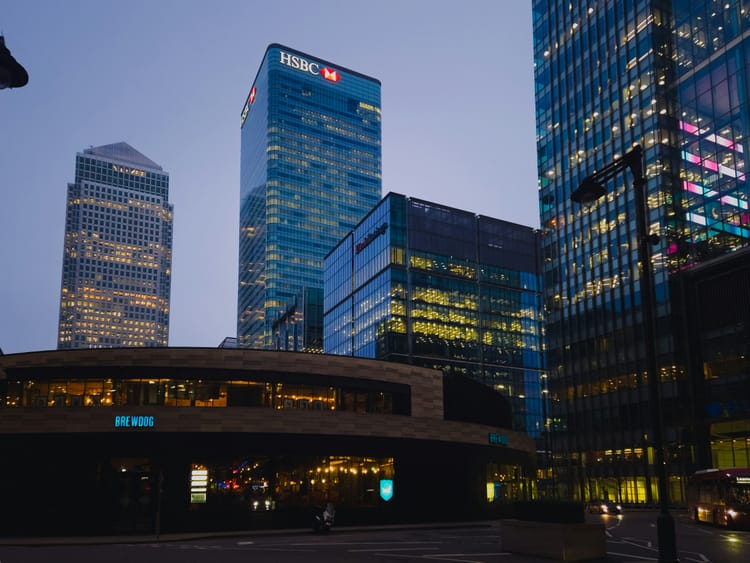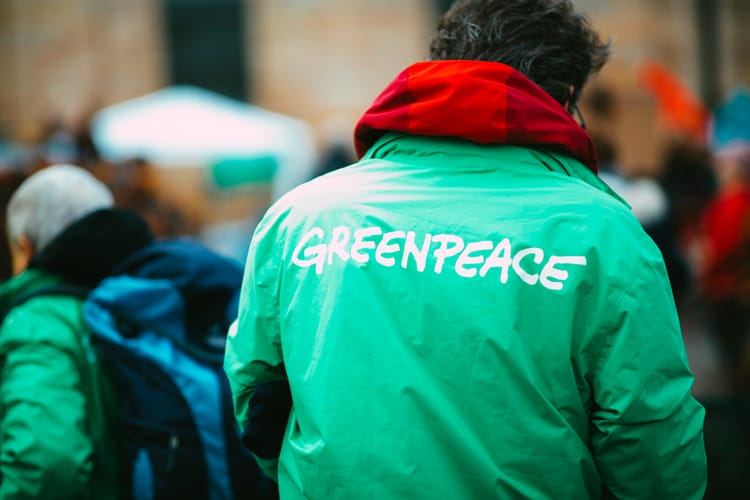Clean hydrogen growth ‘not yet meeting expectations’: IEA

The International Energy Agency (IEA) has lowered its growth predictions for low-emissions hydrogen as high costs and market uncertainty hamper project development.
With several projects cancelled in the past year, the IEA’s 2025 analysis forecasts that up to 37 million tonnes of annual clean hydrogen could enter the market by 2030 – down nearly 25% from its previous forecast of 49 million tonnes.
“Low-emissions hydrogen uptake is not yet meeting expectations set by industry and governments in recent years. Growth is being restrained by high costs, demand and regulatory uncertainty, and slow infrastructure development,” the agency explains.
It adds that because not all announced projects will come to fruition, actual capacity is likely to be much lower than 37 million tonnes by the end of the decade. Despite this, the IEA expects to see production increase significantly compared to today’s levels of less than 1 million tonnes: projects that are already operational or under construction are set to grow production capacity to more than 4 million tonnes, without counting new projects announced.
What is low-emissions hydrogen?
Hydrogen can be produced from different feedstocks and methods, with the resulting products divided between green hydrogen (made through water electrolysis using renewable electricity), blue hydrogen (made from natural gas with carbon capture and storage), and grey hydrogen (also made from natural gas, but without carbon capture).
Green and blue hydrogen are considered low-emissions hydrogen.
Grey hydrogen sees buoyant demand
According to the IEA report, worldwide hydrogen demand increased to almost 100 million tonnes in 2024, up 2% from 2023. But more than 99% of this demand was met by grey hydrogen – produced from fossil fuels without carbon capture.
The biggest consumers remained traditional hydrogen users such as oil refining and heavy industry.
It remains much cheaper to produce hydrogen from fossil fuels, and this price gap increased in 2024 as natural gas prices declined while electrolyser prices increased. Last year, the cost range for the production of hydrogen from unabated fossil natural gas decreased to US$0.8 to US$4.6 per kilogram.
Green hydrogen 'not cost-competitive'
In contrast, the lowest cost of producing hydrogen from renewable electricity in 2024 was broadly aligned with the upper range limit for unabated natural gas (around US$4.6 per kg) – and this was achieved in China, which has the advantage of lower electricity prices and CAPEX for electrolysers. Elsewhere in the world, green hydrogen production is simply not cost-competitive, the report explains.
“Investor interest in hydrogen jumped at the start of this decade thanks to its potential to help countries deliver on their energy goals,” said IEA Executive Director Fatih Birol. “The latest data indicates that the growth of new hydrogen technologies is under pressure due to economic headwinds and policy uncertainty, but we still see strong signs that their development is moving ahead globally. To help growth continue, policymakers should maintain support schemes, use the tools they have to foster demand, and expedite the development of necessary infrastructure.”







Member discussion